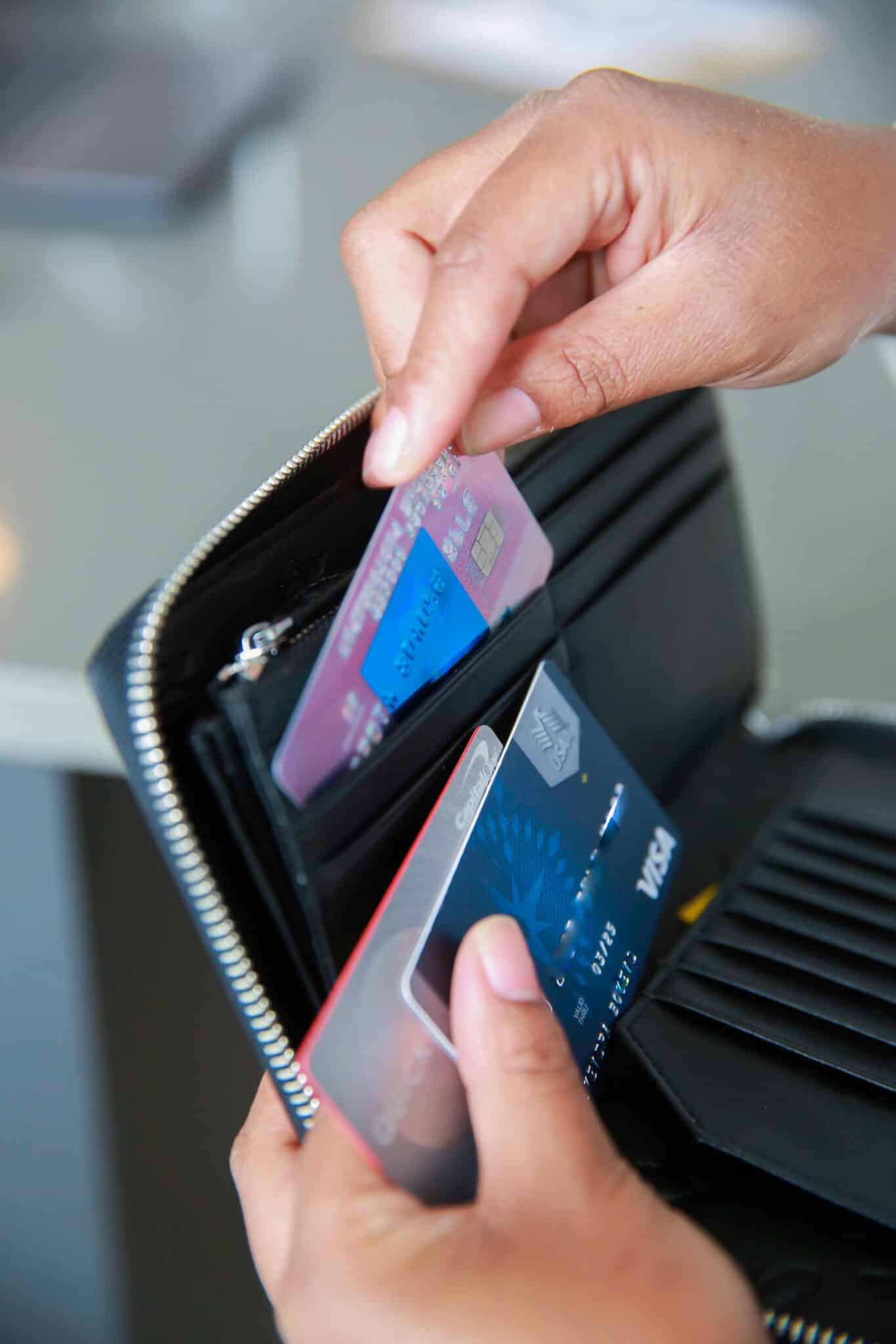This is a sponsored post written by me on behalf of Navy Federal Credit Union for IZEA Worldwide. All opinions are 100% mine.
Are you feeling the financial pinch after overindulging during the holidays? You’re not alone! Many people find themselves reaching for their credit card in order to cover holiday expenses.

This year was especially bad with the cost of nearly everything rising so quickly and unexpectedly. Many of us didn’t have time to adapt our budgets quickly enough and had to rely on credit cards to cover some of our regular expenses once savings was eaten up.
Fortunately, there’s a smart way to get back on track: a credit card balance transfer. By taking advantage of this strategy, it’s possible to recover from the holiday splurge and start 2023 off on the right foot financially!
What is Balance Transfer?
A balance transfer can be a great way to save money and pay down debt if used correctly. It involves moving an existing high-interest credit card balances onto a credit card that offers a lower interest rate.
The process involves opening a new credit card account and transferring your balance to the new account. After you consolidate your balances, they’ll be assessed at one low intro rate—saving you money and making it simpler to handle your payments.
Benefits of Balance Transfer
Obviously, the biggest benefit of a balance transfer is that it can make it easier to pay down your credit card debt and saves you time in the long run. The best balance transfers feature no fees, a low interest rate during the introductory period and a low rate after the promotional period ends.
With this technique, you can also reduce your monthly payments and increase the chance of becoming debt free in a shorter period of time. Additionally, many balance transfer offers include attractive perks such as rewards points or cash back bonuses which offer an extra incentive for consolidating old debts onto a new card.
Evaluating Your Credit Card Options
When evaluating potential cards, be sure to read through all of the details and fine print in order to make an informed decision. To help decide which card is best for your individual situation, compare card issuers’ annual fees and other factors such as customer service ratings.
Because any new card you apply for should be one that you’ll use to build your credit score over time, don’t choose solely based on who has the lowest APR for the longest duration. Consider the card’s features and what your ongoing needs will be once you pay down your debt.
It can be hard to choose what’s best for you and get started. Right now, you can partner up to pay down debt with Navy Federal Credit Union. For example, I bank with them and they have several balance transfer promotions available at the moment, so I compared them for my own needs.
- cashRewards card: low intro APR for 12 months from account opening on balances transferred within 60 days. Plus, you can earn $100 cash back if you spend $1,000 within the first 90 days of account opening. You’ll also earn 1.5% cash back on all purchases (1.75% with direct deposit).
- Platinum card: low intro APR for 12 months from when you open the account.
- GO Rewards card: low intro APR for 9 months from account opening, plus earn 10,000 bonus points if you spend $1,000 within 90 days of account opening.
If my goal was simply to pay down my debt as quickly and inexpensively as possible, I’d choose the Platinum card. It has the lowest introductory interest rate.
Instead though, I went with the cashRewards card because I spend a lot to run my household and I realized I’d earn far more with the cash back rewards over the coming year and every year hereafter than I’d save with the difference in the introductory APR.
Some other reasons I chose Navy Federal (other than that I’ve banked with them for years) is they have low-to-no fees, their average credit card APR is 5% lower than the industry average, and you get free access to your credit score.
How to Calculate Your Savings
To make sure that transferring your balance is worth it, start by gathering information about both cards: their APR and any fees associated with the transfer. Take note of any promotional APRs or introductory offers that may apply to your situation.
Then, use this data to calculate how much interest you’d pay without making the switch and compare that number to what you would pay with a balance transfer. Navy Federal has a handy credit card interest calculator to help you do the math.

Tips for Making a Successful Transfer
It’s important to understand the basics of balance transfers before you make one in order to get the most from your money. Here are some tips for making a successful balance transfer:
- Do your research BEFORE applying: New credit account inquiries could affect your credit score so don’t apply until after you’ve decided on which card you want.
- Read the fine print! Make sure you don’t miss hidden fees and you understand the rules of the balance transfer.
- Set reminders: Most introductory rates are nullified if you make a late payment so set payment reminders or automatic payments. Make sure to note when the introductory rate expires so you can aim to have the debt paid off before the rate increases.
If you follow the advice above, you should be able to wrestle back control over your finances while rebuilding a strong credit score in the process!
